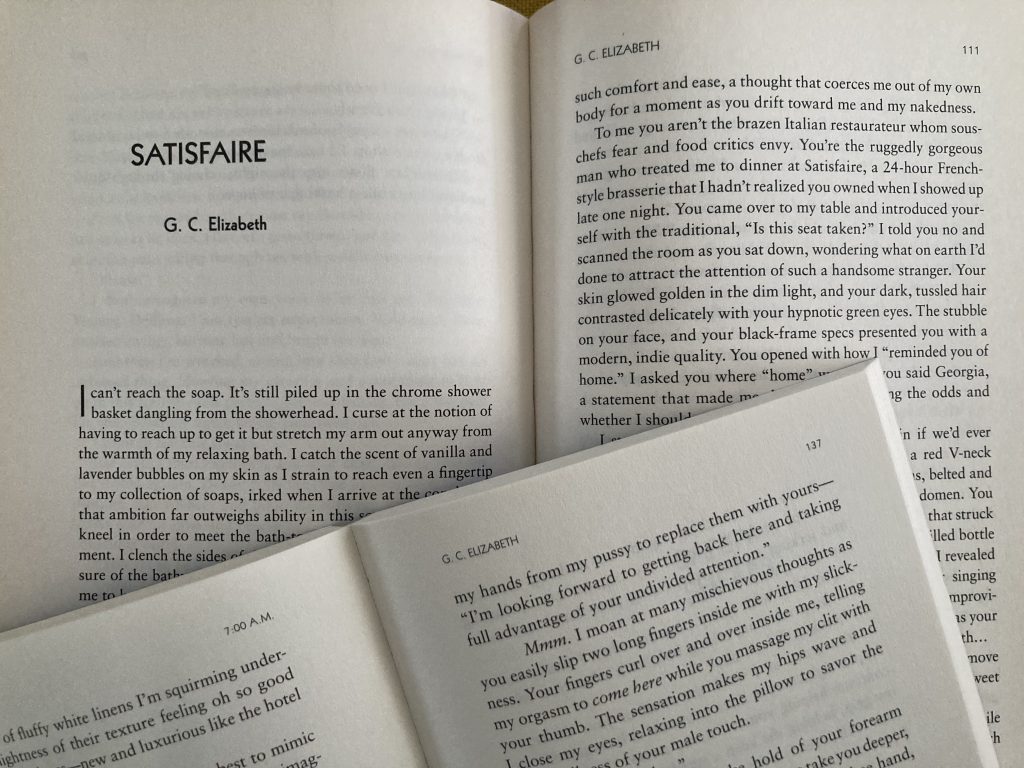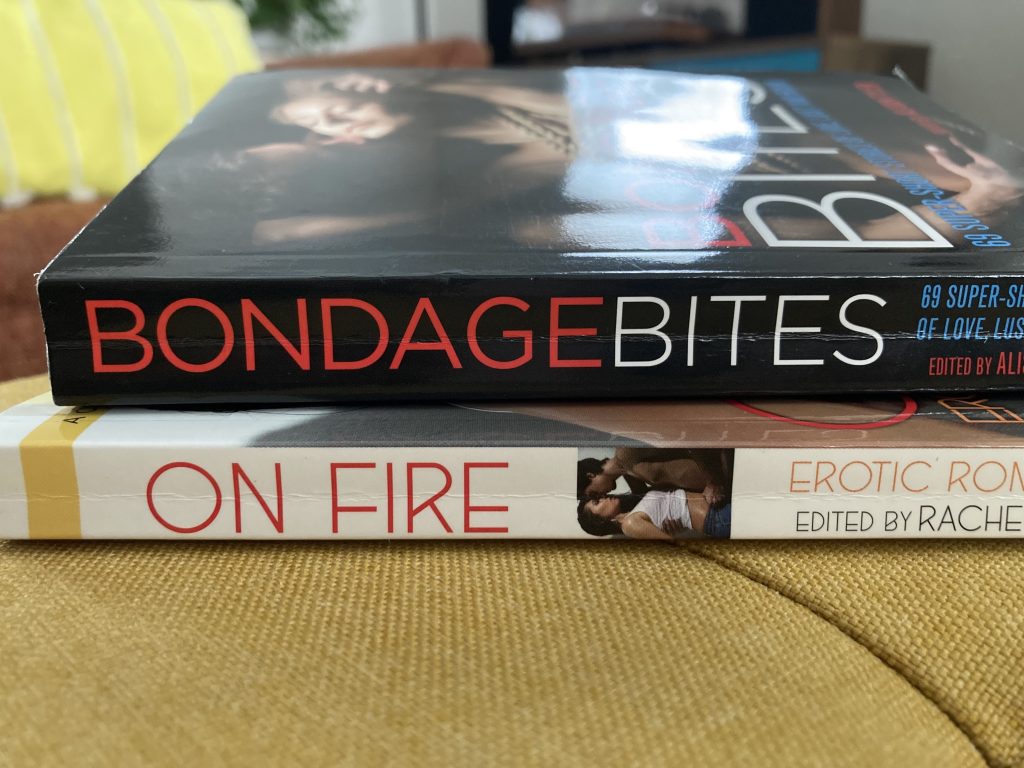Reading Romance and Writing Erotica: How this SCAD writing student found her voice in the genre

Romance books are no stranger to judgement and criticism, although it’s considered to be the most popular genre in the United States. This Valentine’s Day, I wanted to get insight into this genre from fellow classmate and Graduate student, Galyn Chatman. After reading her work in our “Autobiography and Memoir” class, I wasn’t surprised to learn she was a published romance writer.
Chatman is a SCAD M.F.A. writing student in Atlanta. When she entered into the program, she had a clear passion for writing romance, but she didn’t initially initially begin with that focus. In fact, her home library is filled with humorous nonfiction and parody cook books like “Fifty Shades of Chicken” by F.L. Fowler. Reading and writing romance, is a fairly new discovery for her.
But once she finally cracked open the spine of “Fifty Shades of Grey,” the number one bestselling romance book of all time, Chatman was hooked. She connected to attraction, the idea of how diverse and individualized attraction is and the incredible surprise when that attraction is reciprocated. Romance is unplanned, and unexpected. It’s exciting to see what makes that person feel special. And in the romance genre, very few things are off limits. It’s a section of art where people can genuinely explore.

Getting Published
After winning a flash fiction contest and submitting to several of her favorite indie romance anthologies, she got published – but not without using a pen name. Having a professional career outside of her M.F.A work and a young daughter, Chatman was worried what people would think when she applied to a job, H.R. googled her name and found her published in “12 Days of Kinkmas.” So, that’s when G. C. Elizabeth was born.
When I asked why she enjoyed writing romance so much, Chatman said, “I like the freedom. The attraction and the intimacy is just another layer of expression.” There are so many layers to romance, more than lust and what happens behind the bedroom door. “They’re stories that feel complete, there’s nothing missing from the human experience with romance.”
Rules for Romance
It wasn’t until she began applying to contests and submitting to open calls that she realized there were rules for writing romance. “Morality is big. They want stories about humans meeting each other that contain literary integrity,” said Chatman. No matter if it was general romance or Harlequin, all the agents she encountered wanted writers to stick to these general rules:
- All intimacy scenes must be consensual. And all characters must be adult.
- No devices (alcohol, drugs, etc.) used to make someone engage in the act. “They’re looking for literature. Not porn,” Chatman said.
- The love interests must meet or communicate in every chapter.
- All stories must end with a happily ever after, or a happy for now.
- Frown upon affairs. They don’t like people cheating or leaving their families.
- OWN voices is a growing demand, the more LGBTQ and women of color representation – the better.
Attraction is so diverse, and every individual and relationship dynamic is completely unique. With more stories sharing and exploring these variety of attractions, the more honest the story becomes.

But what about intimacy?
But there’s so much criticism for romance, particularly with the erotica genre. There’s the stereotype that it’s bad writing. But myself, and millions of readers across the globe, disagree. “It’s more than sex,” said Chatman. “It comes down to the people. The components of attraction. We like each other and this is surprising because we didn’t plan this. We’re writing about what makes people feel special.”
From the writing perspective, Chatman said, “Next time you want to trash romance. Try writing a kissing scene. It’s impossible to write a good kissing scene, that isn’t cliché, feels natural and makes the reader believe it.”
She even found that experimenting with perspective and point of view really helped her in writing. Three of her four published short stories are written in second person point of view. Where the reader is being told what’s happening to them. For example writing, “You are going up the stairs… you feel giddy.”
“It’s so hard to write intimacy,” Chatman said. “And it’s easy to write bad intimacy. There’s describing the acts, then there’s knowing the character. Knowing that particular way he looks at her that makes her toes curl.” It’s about the human components of intimacy, beyond just the physical. That’s where good romance and good storytelling is.
You can read G. C. Elizabeth’s work on her website, and find her in a variety of romance anthologies. Treat yourself, and fall in love through fiction this Valentine’s Day.




















